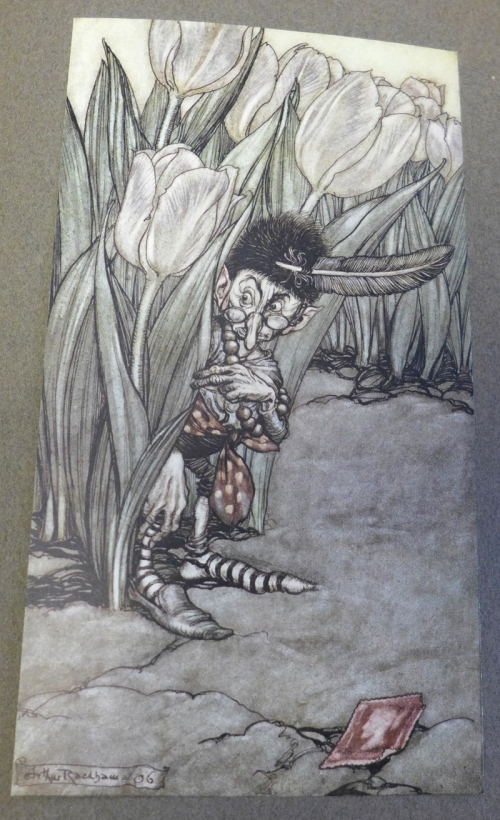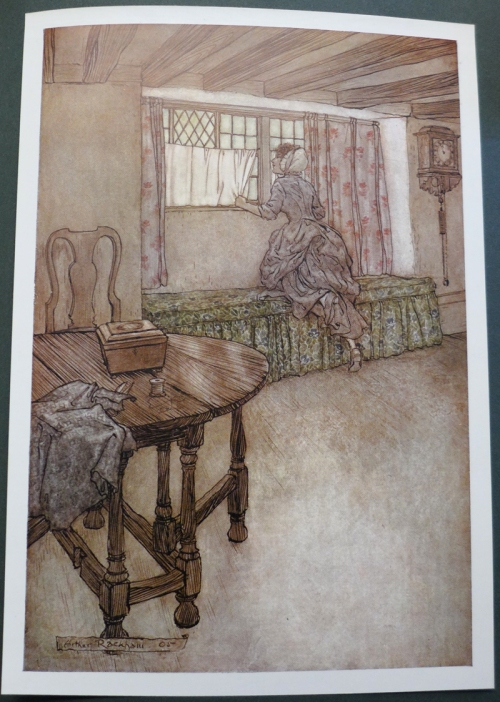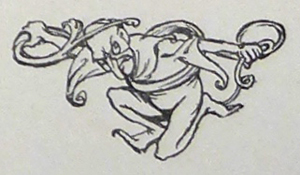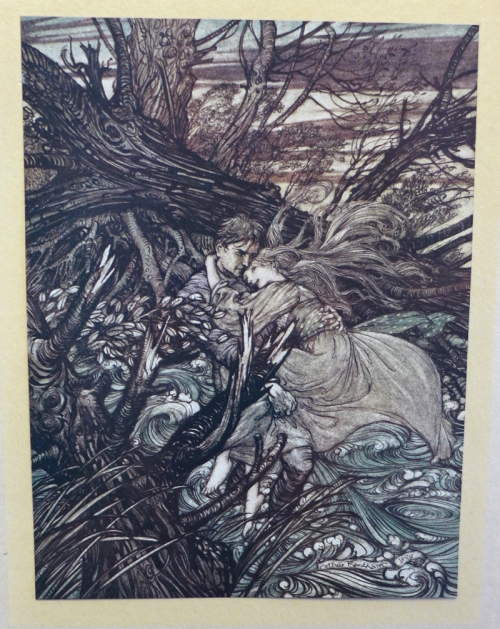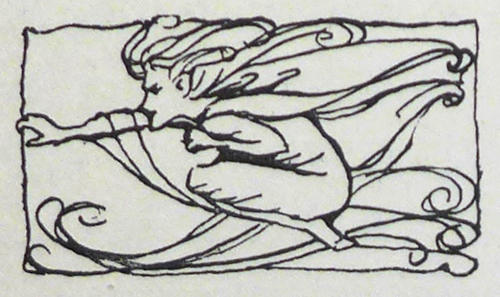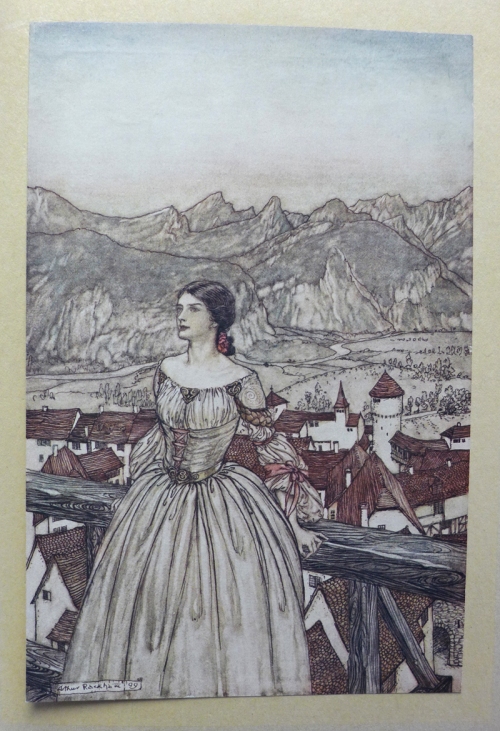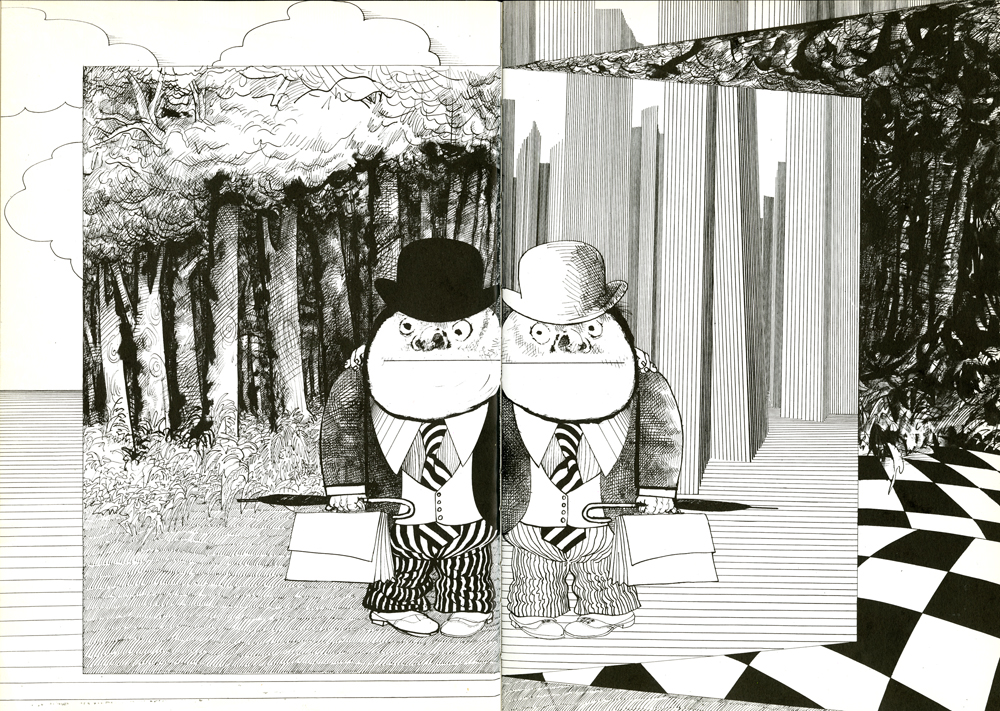At the coming of spring, I go from mostly INSIDE myself (blanket, book, sofa, the smell of hot cocoa, and a mental image of the personal library. above) to mostly OUTSIDE myself (garden, seed packets, blue sky, the smell of fresh dirt.) Sweet peas (pretty) have been planted; raspberries (yumm) have been transplanted (fingers crossed); sugar snap peas (yumm again) are in; tulips, grape hyacinths and forsythia are blooming under pink cherry and white almond trees. Even my daphne bushes survived the big freezes (multiple) of Winter 2022.
As the weather warms and flowers bloom, I’m inclined to share more. So here are a few links, and my reasons (other than red tulips in bloom) for sharing them:
- I love the work of local photographer Edmund Lowe (see photo of the Skagit Valley daffodil fields, above.) When I look at his photos I not only see his world, I also hear it, smell it, taste it, touch it. All art is a conjuring of the senses, isn’t it? No matter the medium (including writing!) we want to link our bodies to the story. Here is a link to his website.
- I want to share Julie Danielson’s examination of Corinna Luykens and her 2017 book, The Book of Mistakes. At Danielson’s blog “Seven Impossible Things Before Breakfast.” Luykens makes an artist’s case for having fun and letting go of anxieties, specifically those that involve making mistakes with your work. An accidental smudge, a disproportionate head? Serendipitous mistakes, says Luykens, often take you exciting places. And if you’re interested in children’s literature in general, check out Danielson’s blog . It’s not to be missed.
3. Another sharable favorite: Du Iz Tak by Carson Ellis. This is my kind of book, 100%. How did I manage to miss a careful reading of Carson Ellis in all my years with kids books? Her work is relatively new to me, and I’ve had a ball reading it (Home is the most popular, I think, but don’t miss In the Half Room.) Imagine being a fly on the wall when Du Iz Tak was pitched to its editor: “Well, it’s a story told completely in a made-up bug language. No, there’s isn’t a translation; no, there isn’t any explanation. It’s all just bug gibberish.” Of course, the read-aloud inflections and the illustrations provide clues about what these strange words mean. Many picture books stay soft and quiet, but this one makes you laugh out loud. Here’s a link to the Kirkus Review, which locates a deeper meaning. Personally, I’m satisfied with the wordplay.
4. From the Archives: a fascinating look at the life and work of Ursula LeGuin, by Julie Phillips, in the New Yorker a few days after Le Guin died. “An author’s business is lying,” she wrote for the introduction of The Left Hand of Darkness. Reade this article and see if you agree. If you already love Le Guin, I recommend her book of essays, No Time to Spare: Thinking About What Matters.

A bit of trivia: The photographer and all three of the authors mentioned in #1-4 live/lived in the Pacific Northwest – Oregon and Washington, west of the Cascade Range. Is it the fresh air we breathe here that keeps our imaginations stimulated? I say yes.
5. Do you know the work of Nicole Appel? Read about her and get a look at what she draws here.
6. Not from the Pacific Northwest but from a part of the world we all have our minds on: the Ukrainian illustrator Maria Prymachenko (several spellings but Wikipedia goes with this one.) Thanks to Jama Kim Rattigan, a Facebook friend, for the heads-up – Jama has been posting many pictures by Ukrainian artists. Below is a piece of Prymachenko’s art. She worked mainly in embroidery and ceramics.
I know we’re holding in our hearts all the people who are suffering in that part of the world right now. Please do what you can to help them – perhaps a donation to UNICEF, for the children?
[Update from Wikipedia; “The Ivankiv Historical and Local History Museum, where several works by Prymachenko were held, was burned during the ongoing 2022 Russian invasion of Ukraine, with the supposed loss of 25 of her works. However, according to a social media post by journalist Tanya Goncharova, local people were able to save some of Prymachenko’s works from the fire. According to an interview with Prymachenko’s great-granddaughter, Anastasiia Prymachenko, in The Times, ten of her works were saved by a local man who entered the museum whilst it was on fire.” ]
Enjoy the links, and breathe in spring.
—Julie Larios






























































